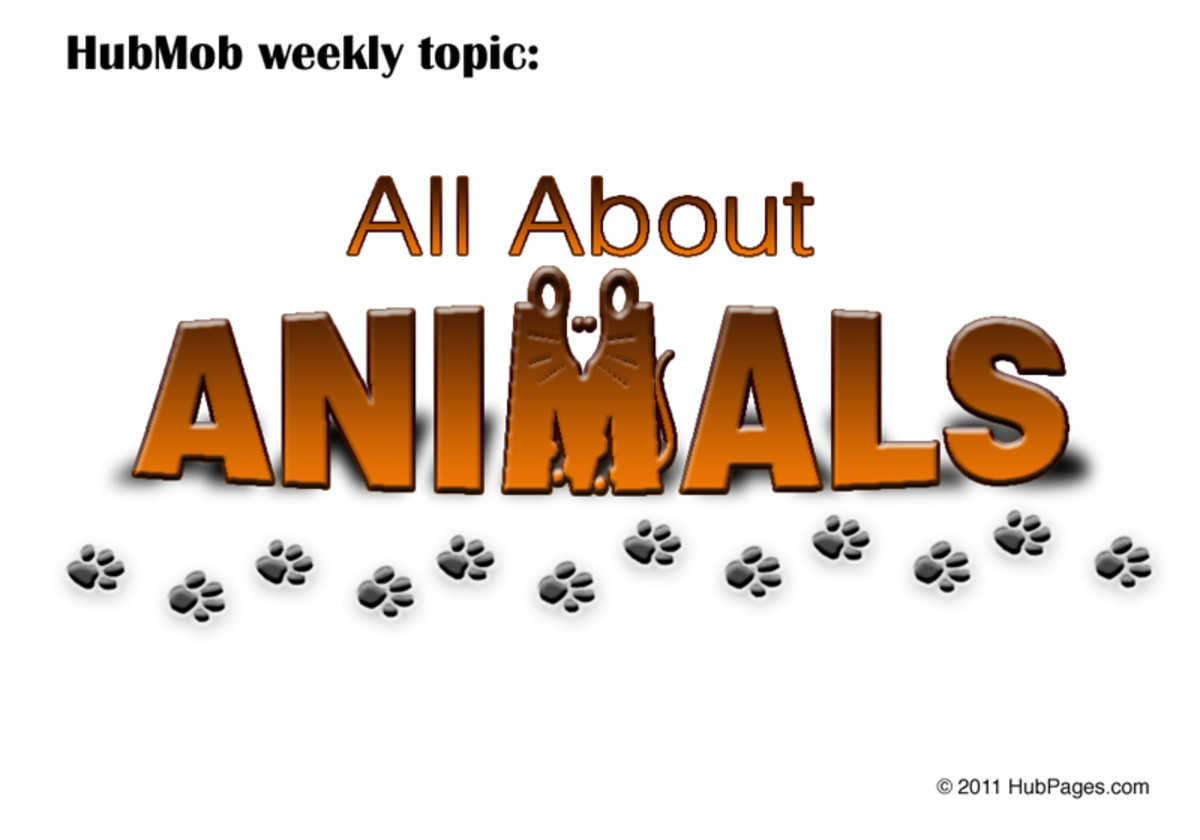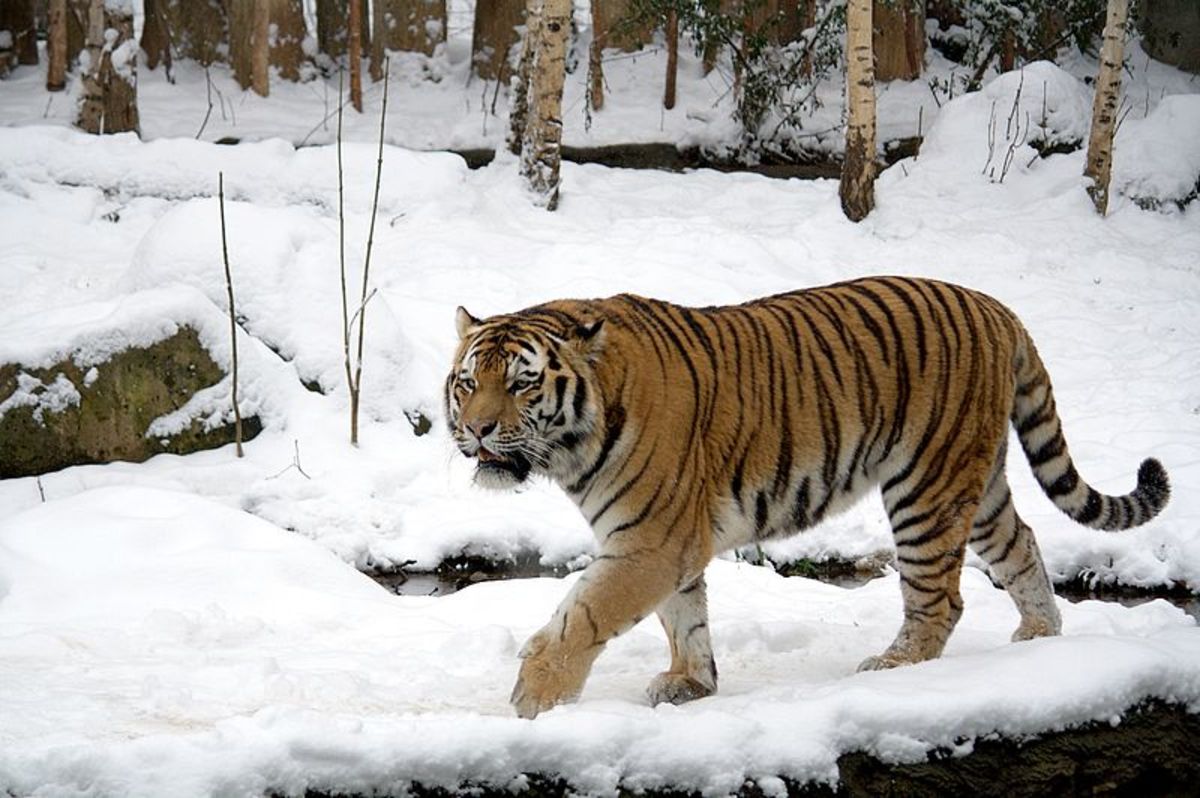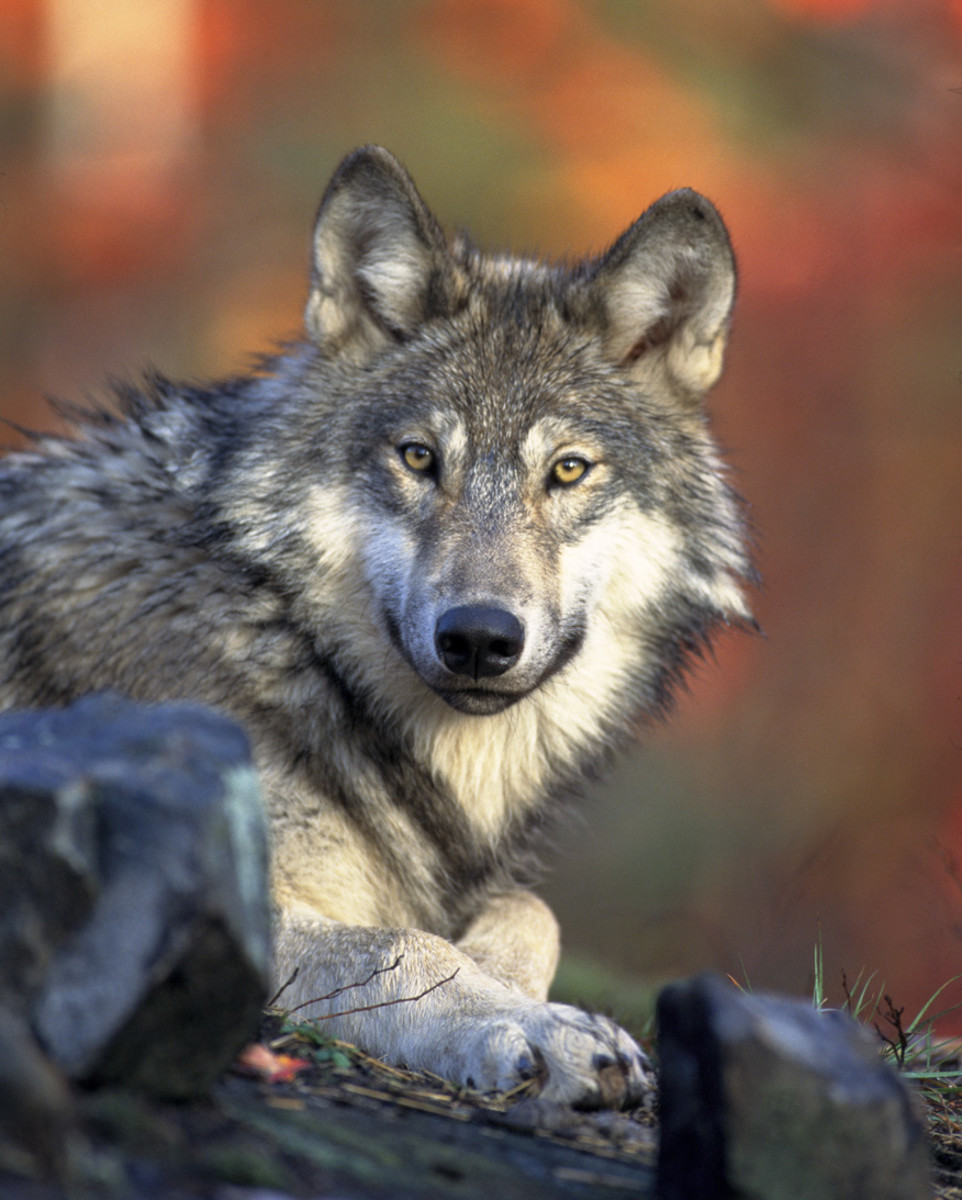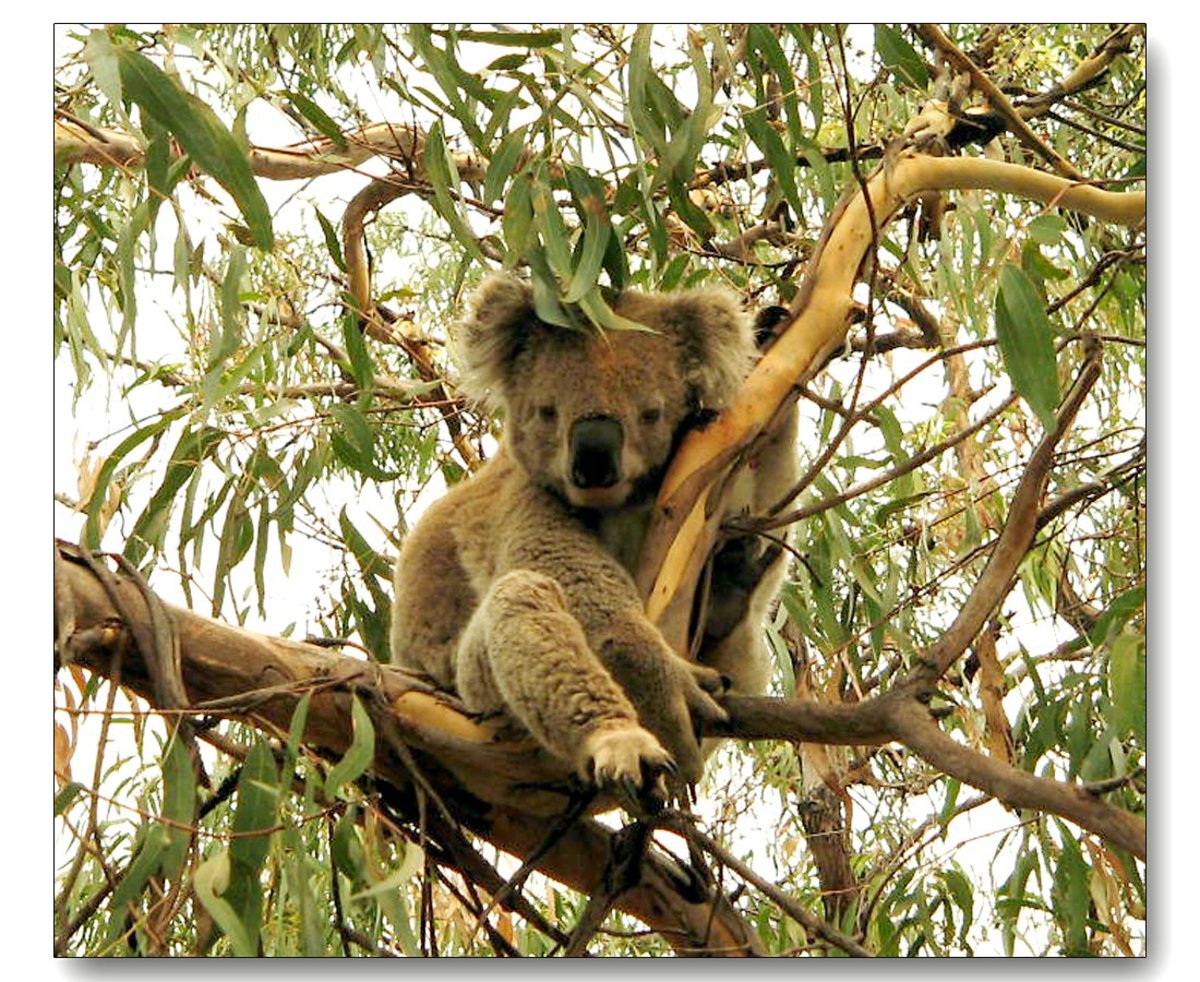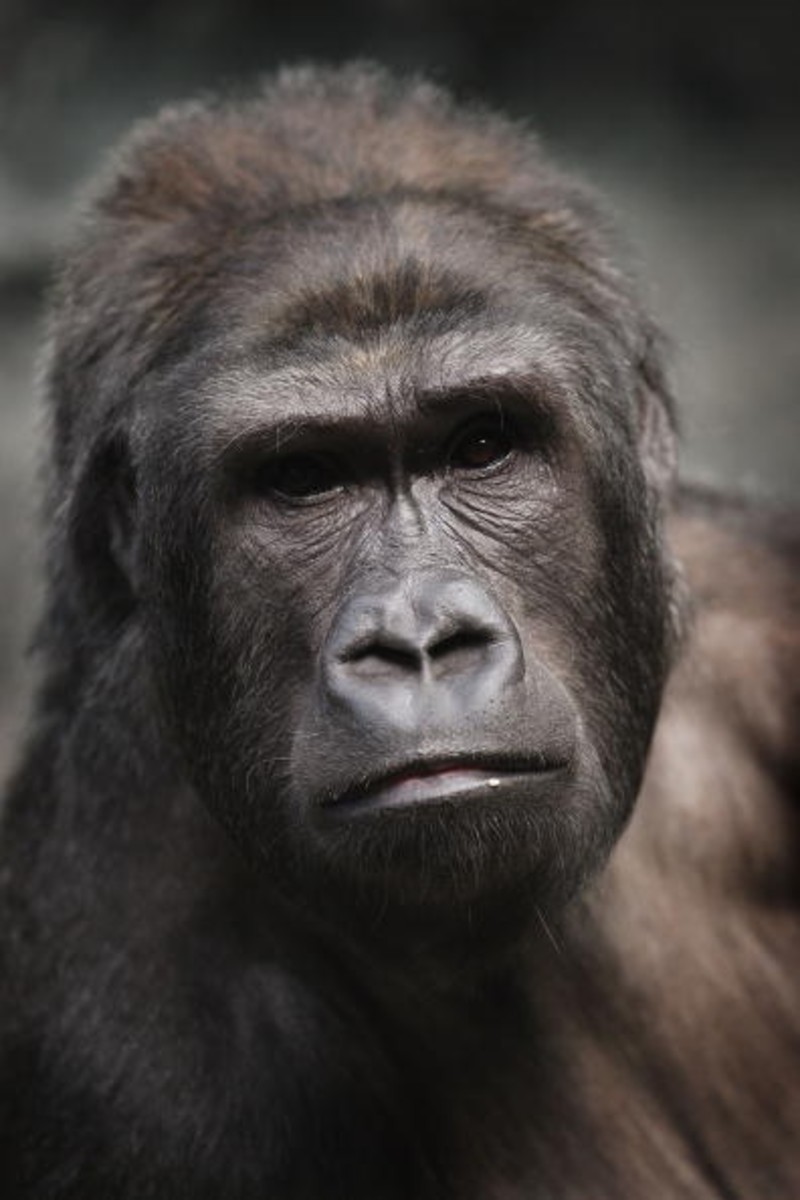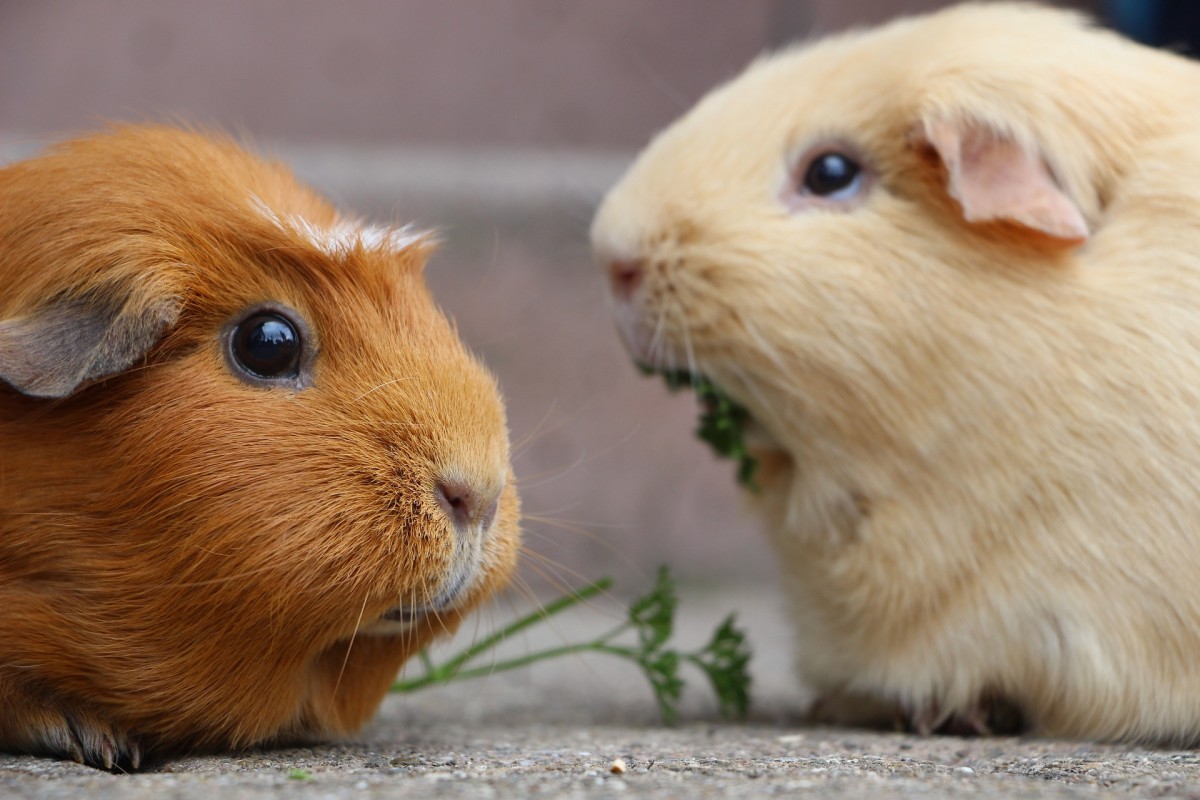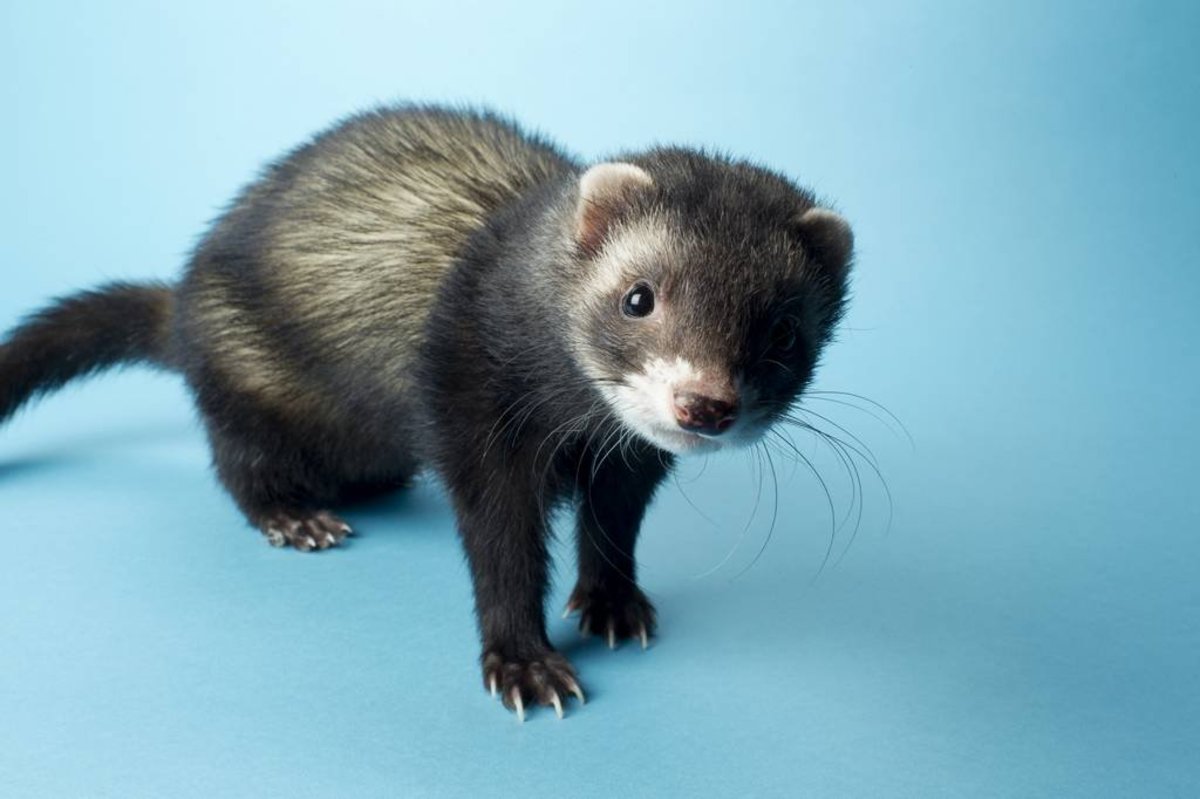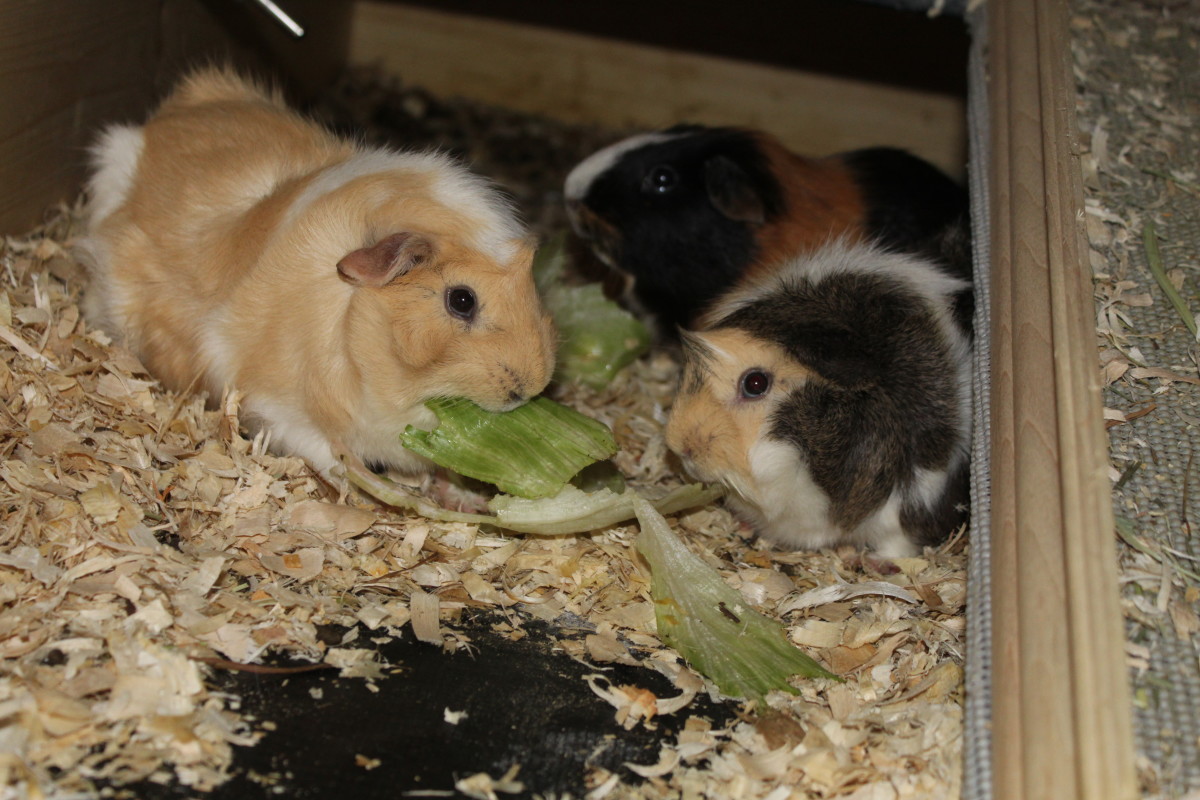A Question of Quolls
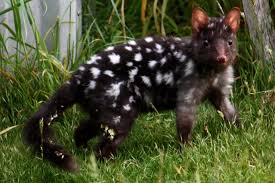
Have you ever heard of this animal before?
What Is a Quoll?
If someone were to ask you to give an example of a marsupial, what would your first response be? More than likely, it would be a kangaroo, a koala, or maybe even a Tasmanian devil. You would be right. There are, however, some other marsupials in our world that are not only widely unknown but are also fading from existence. Many people are more than likely unaware of their existence and it is important to raise awareness about such creatures, especially now that they are officially an endangered species. This particular marsupial is called a quoll.
What is a marsupial? Most commonly these furry creatures are referred to as “pouched mammals” (Smith). While it is true that marsupials are animals whose young live in a pouch, this is only a glimpse of what a marsupial really is. For example, marsupials give live births but their young are born much sooner than “placental mammals” (Smith) and the young live in their mother’s pouches until they are nearly old enough to go out on their own. Because they are mammals, marsupials have fur and nurse their young with milk. While there are far fewer breeds of marsupials than there are other mammals, the group is extremely diverse and fascinating to study (Smith).
A quoll is a type of marsupial that is native to Australia. There are four kinds of quolls: northern, western, eastern, and spotted tailed – also called the tiger quoll. They are roughly the size of cats, with tails nearly as long as their bodies, a thick snout and wet pink nose, and a very opossum like face. Their coloring is diverse; they can be gray, light brown, dark brown, and even black. A common feature on the quolls, no matter what color their fur, is that their bodies are always covered with white spots. The difference between the spotted tailed quoll and the other types is that its spots continue on down its tail instead of just being on its back and body. Also, just like how each human’s fingerprint is different, no two quolls have the same pattern of spots (Spotted Tailed Quoll).
These unique animals are mainly found in Tasmania although they also live on the Eastern coast of the mainland of Australia. As far as habitat goes, they can live in almost any kind of forest, “so long as there is plenty of ground cover” (Spotted Tailed Quoll). They generally live in caves, dens and crevices and near plentiful vegetation for hunting and foraging (Ambrose).
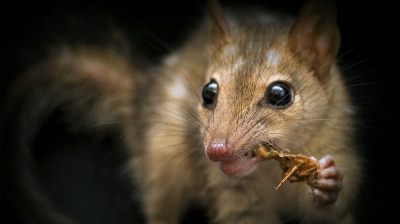
Diet
Like Tasmanian devils – a breed of fellow marsupials – quolls are very carnivorous. Their diet consists of rodents, small mammals, and sometimes even birds. Their teeth are sharp and deadly and they generally kill their prey by biting it on the back of the neck. They also act as scavengers, eating dead animals and sometimes scavenge for food (Spotted Tailed Quoll). In Tasmania, it is a relatively common occurrence for quolls to lose their meals to Tasmanian devils “because the quolls do not consume their prey quickly enough” (Ambrose). Quolls are nocturnal and tend to sleep through the day and hunt at night, but sometimes on cold days they will hunt during the day when it is a bit warmer.
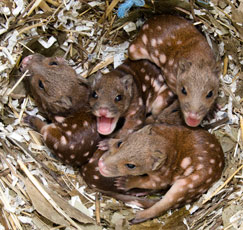
Birth, Life and Death
Like other marsupials, quolls have pouches in which their young are carried until they are old enough to be out on their own. These pouches are created by folds in the skin (Smith). Quolls have a very short gestation period, carrying their young for only twenty-one days before giving birth to their young, still all but embryos, that latch to their mother and stay in the pouch until it is time for them to leave the pouch six weeks later. Even after leaving the pouch, juvenile quolls stay with their parents for many weeks, learning how to hunt, fight, and survive, before they are finally, at eighteen weeks old, they are truly ready to be on their own. The life span of an average quoll is about six years (Spotted Tailed Quolls).
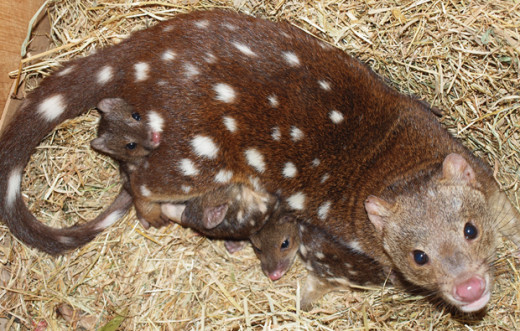
Quolls Are an Endangered Species
These intriguing creatures are becoming increasingly endangered. “The introduction of European foxes, feral cats and dogs, diseases, and the destruction of their forest habitats” are all contributors to their decline (Spotted Tailed Quoll). According to the Office of Environment & Heritage, these animals, especially the foxes and cats, pose as a threat because they not only compete for the quolls’ food but also attack them on occasion (Spotted Tailed Quoll Community Survey).
This is not all that threaten the quolls’ existence. Quolls are often found “living in isolated areas that may be too small to support viable long-term populations” (Spotted Tailed Quoll Community Survey). Not only this, but quolls have been known to scavenge for food in people’s crops and campsites and are often blamed for crop failure and “persecuted” by the human population (Spotted Tailed Quoll Community Survey). If this does not stop, quolls could cease to exist because their numbers are being depleted rapidly (Spotted Tailed Quolls). They are, in fact, already extinct in Southern Australia (Ambrose).
Efforts to try to save the species, especially now that it is officially on the endangered list, include educating people about these strange but fascinating creatures. Most people, especially those who do not live in the area where quolls occur, have never heard of this kind of marsupial. Hopefully if people become more enlightened about quolls, more efforts to conserve them will take place.
Right now, it is important to conservation of this species for scientists to keep track of where quolls are. It is requested that if anyone sees a quoll that they report it to the Department of Environment and Conservation. This is “the first step towards the recovery and future conservation of the species” (Spotted Tailed Quoll Community Survey).
All in all, quolls are a very interesting species whose numbers are dwindling. They are small but fierce, furry but tough, and beautifully patterned. They are threatened by many factors, including humans, feral animals, and habitat destruction. It is important to spread the word about this unique species so that conservation can begin. This, like all other animals in danger, is a species worth saving.
Works Cited
Ambrose, T. “Dasyurus maculatus.” Animal Diversity Web. University of Michigan. Web. 13 April 2011.
“Spotted Tailed Quoll.” Australian Ring. Unique Australian Animals, n.d. Web. 13 April 2011.
Smith, Dave. “Marsupial Mammals.” UCMP. University of California Museum of Paleontology, 10 Oct. 2005. Web. 13 April 13, 2011.
“Spotted Tailed Quoll Community Survey.” Environment & Heritage. NSW Government, 27 Feb. 2011. Web. 13 April 2011.

